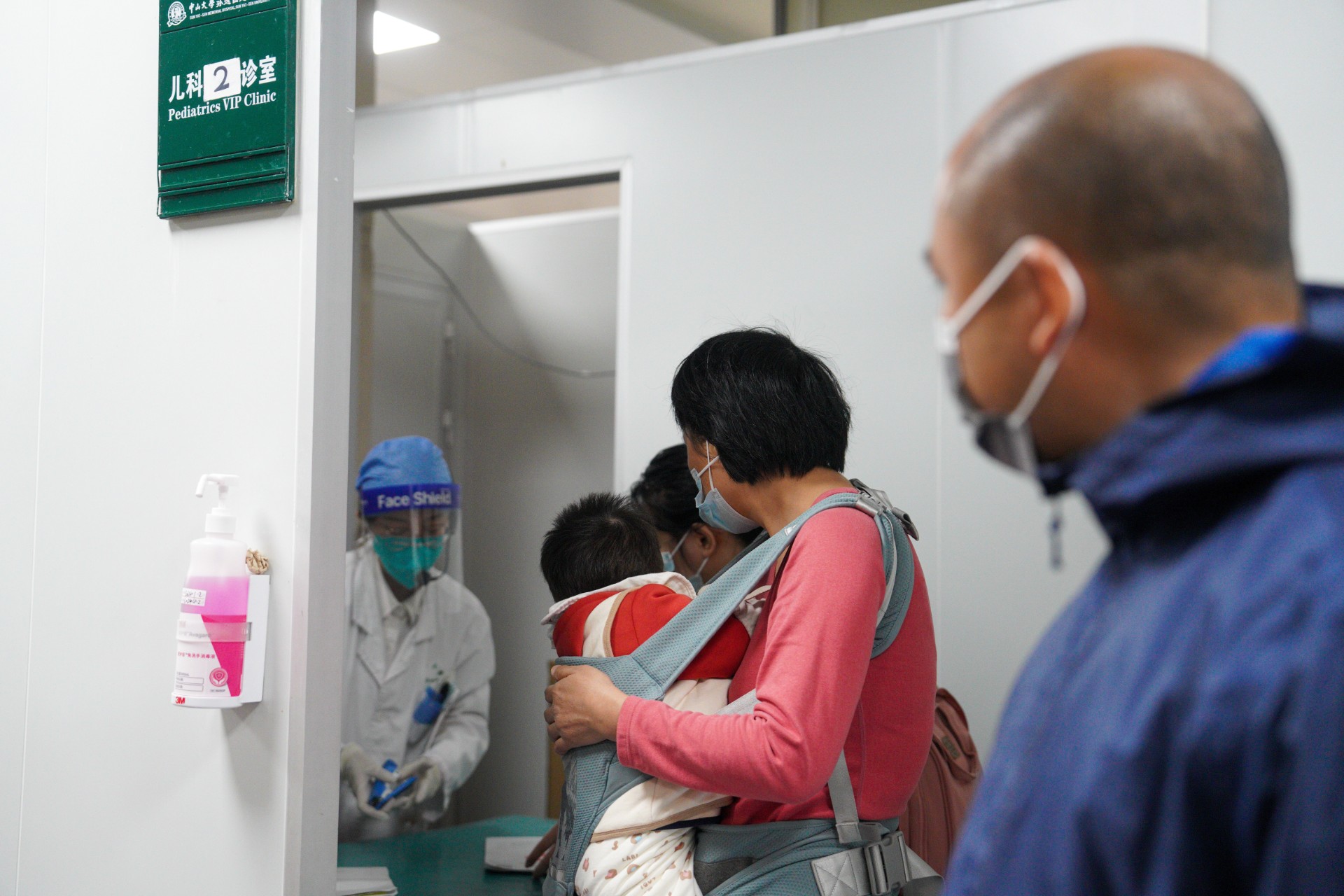The Health Commission of Shenzhen Municipality recently reminded residents of medium influenza risk from February 21 to 27.

(Source: The Health Commission of Shenzhen Municipality)
Meanwhile, experts judge that China will continue to see alternating or co-spreading trends of various respiratory diseases in winter and spring, and influenza viruses will still be dominant in the short term.
Previously, the Chinese Center for Disease Control and Prevention released the weekly influenza surveillance report for the sixth week of 2024 (February 5-11, 2024).
Surveillance data show that the current influenza situation in China is still at a high level, and the proportion of influenza-like illness cases (ILI%) in both the north and the south has rebounded. The proportion of influenza B in China has increased for 8 consecutive weeks. Pathogen testing data show that the proportion of influenza B has exceeded 81%.
A total of 1,576 influenza virus-positive specimens were detected in the southern provinces, while 1,151 specimens were detected in the northern provinces.

(File photo: Nanfang Daily)
About influenza
Influenza is a highly contagious and fast-spreading acute respiratory infectious disease caused by flu viruses, which are divided into four types: A, B, C, and D. The incidence of influenza is high and the entire population is generally susceptible.
It is mainly transmitted through respiratory droplets such as sneezing and coughing of patients, and can also be transmitted through contact with mucous membranes such as the patient's mouth, nasal cavity, eyes, and so on. Infection can also be caused by contact with items contaminated with the virus.
What is the difference between the flu and the common cold?
Mild influenza often presents similarly to a common cold, but the fever and systemic symptoms are more pronounced.
The common cold is characterized by sneezing, stuffy nose, runny nose, and cough, while the flu causes more severe systemic symptoms. It mainly has the following three characteristics:
Obvious high fever (38.9~40°C), with a rapid rise in body temperature in a short period of time;
Obvious pain (mainly characterized by headache, aches, and muscle aches);
Obvious fatigue and weakness.
High-risk groups such as children under 5 years old, elderly people over 60 years old, patients with chronic diseases, and pregnant women are more likely to develop serious complications (pneumonia is the most common complication of influenza), and they must take personal protection.
To prevent influenza, it is critical to pay attention to the following two aspects
Vaccination
Vaccination is the most effective means of preventing influenza and can significantly reduce the risk of serious complications.
Daily protective measures
Keep good respiratory hygiene practices and cover your nose with tissues or towels when coughing or sneezing.
Wash hands regularly and avoid touching your eyes, nose, or mouth. Have a balanced diet, moderate exercise, and adequate rest.
During the flu season, high-risk groups such as the elderly, children, pregnant women, and patients with chronic underlying diseases should avoid going to crowded or confined places as much as possible, and wear masks if necessary. It is encouraged to wear masks when taking public transportation, as well as in confined and crowded places.
Keep the rooms well-ventilated.
Author | Hannah
Editor | Nan, Abby, James
















